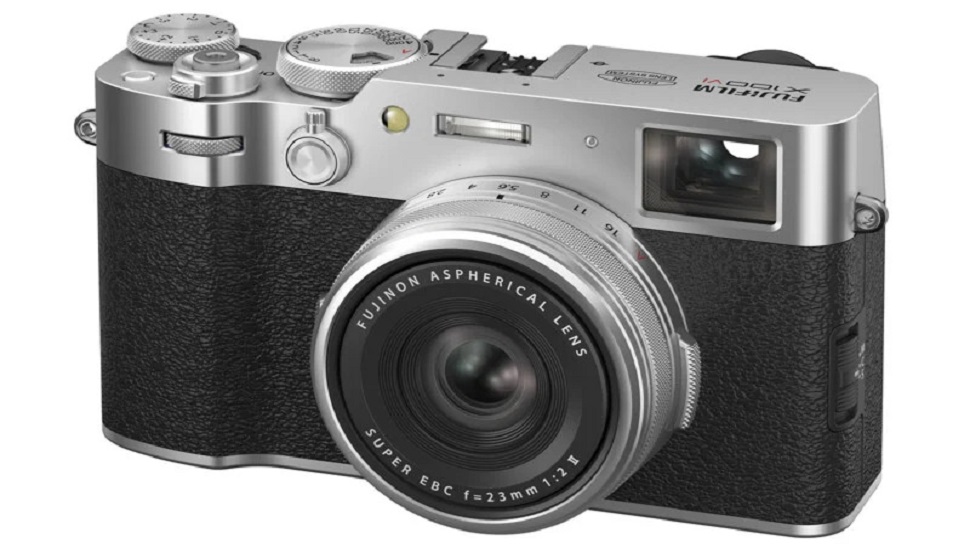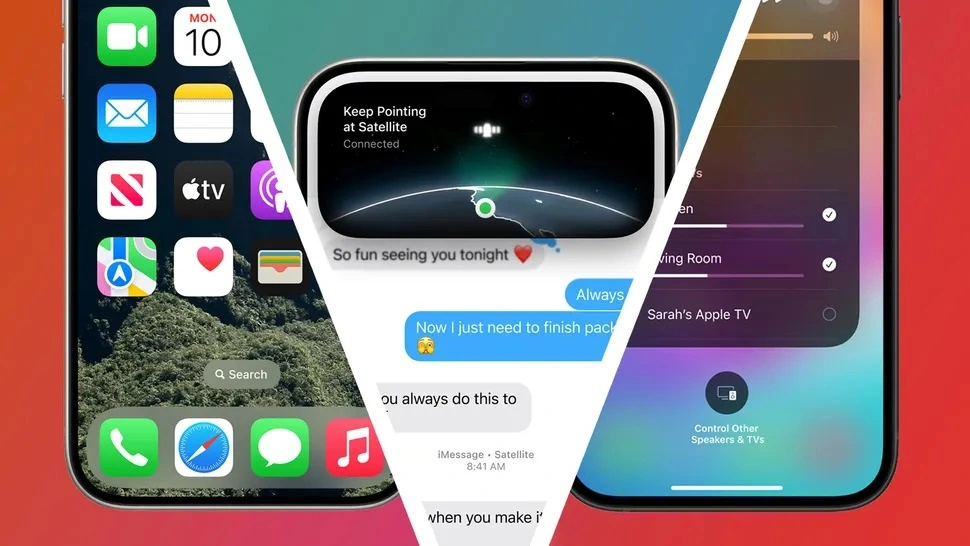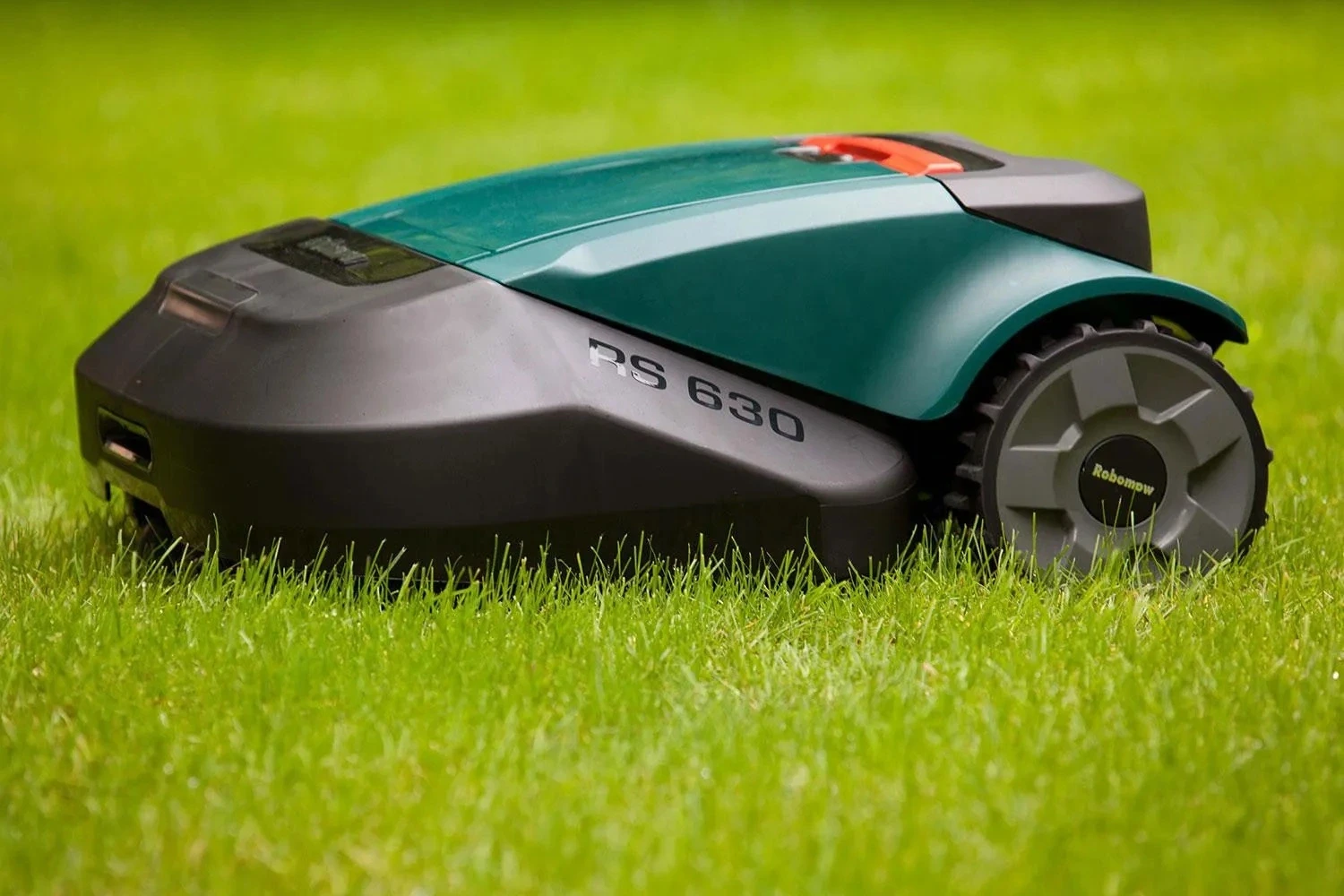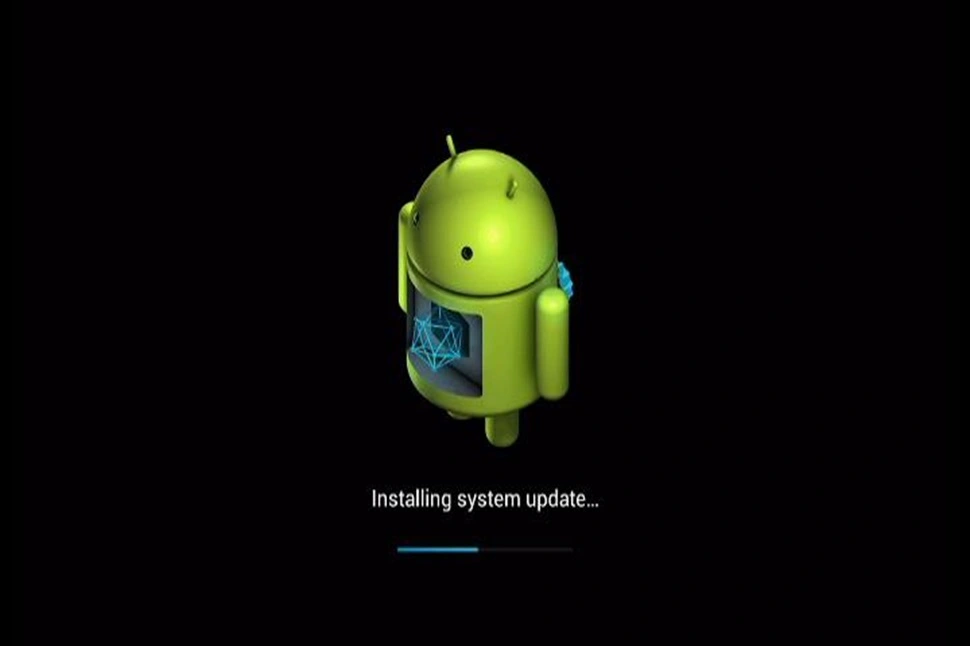The latest sixth-generation model marks a substantial improvement and has the potential to steer the series in an entirely new direction. The Fujifilm X100VI camera, a camera many were excited about in 2024, is here it’s great. People are saying it’s on of the best small cameras ever. It’s gone us thinking about what else Fujifilm could do with the X100 series.
This camera is likely to become a to choose for streets photographers, it’s a lot like the Fujifilm X100V, which was super popular on TikTok in 2023 and become the most wanted camera everywhere.
The cool retro style and the 23mm f/2 lens, which is perfect for certain types of photos, are still there. But this new model, the sixth one is the series and released four years after the last one, is even better. It’s stronger and can do more things. That means photographers have good reasons to upgrade to this one or even try a Fujifilm camera for the first time.
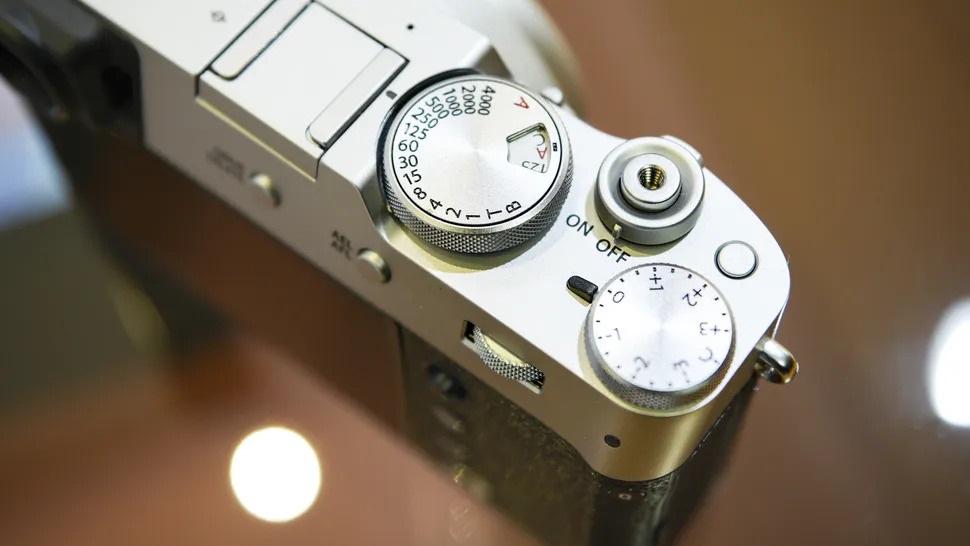
If you were waiting for the X100V there’s good and bad news. The bad news is that its not for sale anymore. But the good news is, if you were on the waitlist, you will be among the first to know when the X100VI goes on sale on February 28. The rest of us will have to wait and see how long it takes to get the new best compact camera for most people.
Price of Fujifilm X100VI Comapct Camera
- 20% pricier than X100V at launch
- $1,599 / £1,599 / AU$2,899
- Special edition available for $1,934 / £1,934 / AU$3,499
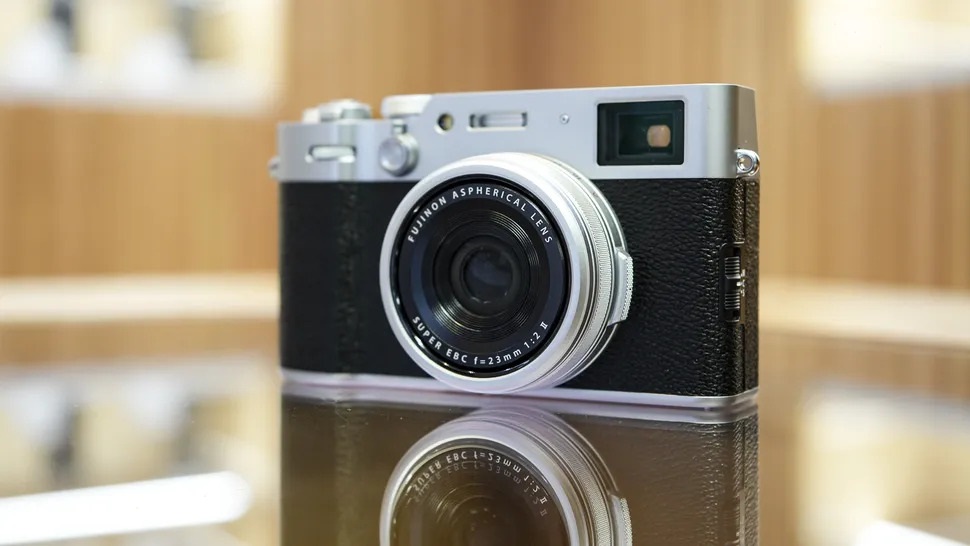
The Fujifilm X100VI will go on sale from February 28, priced at $1,934 / £1,934 / AU$2,899 to celebrate Fujifilm’s 90th birthday, they are releasing a special edition X100VI limited to 1,9434 units – 1934 is when Fujifilm started – with each one having its own unique number etched on it. This special edition comes with a strap and different engravings but works the same as the regular X100VI and it costs $1,934 / £1,934 / AU$3,499. Sales start on March 28, and in the UK, you can only buy it in-person at the London House of Photography from April 6- so expected long lines.
Compact Body, X-T5 Power, Fixed Lens
The Fujifilm X100VI Camera is a big improvement over the X100V in many ways, it brings the latest Fujifilm X-T5 technology to the compact X100 series, which is great.
It has the same 40mp APS-C sensor and X-Processor 5 engine, so you can take lots of pictures quickly, up to 11 frames per second. It can also shoot high-quickly 6.2K videos. Plus, it has Fujifilm’s best autofocus system, which cam recognize people, animals, birds and different vehicles. So overall the X100VI uses a lot of Fujifilm’s newest and best technology.
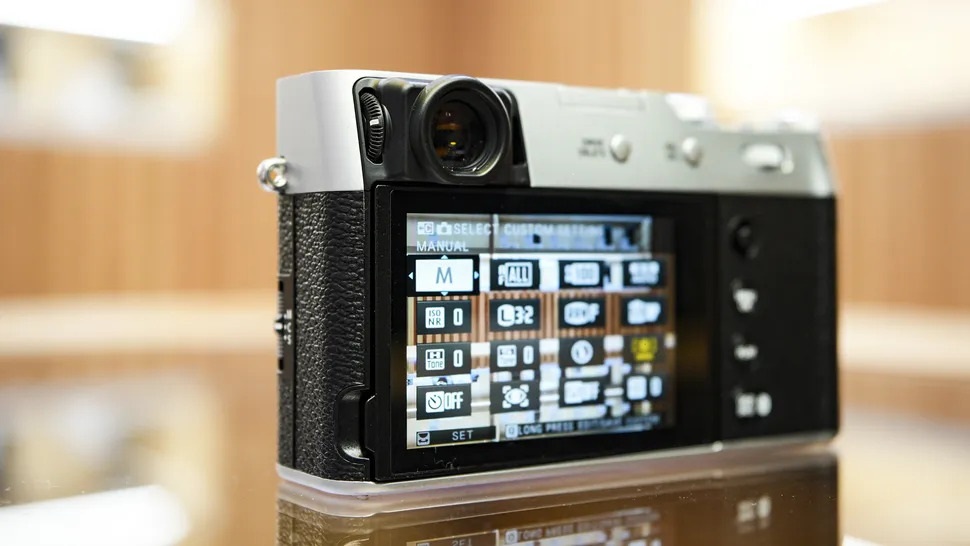
There is also in-body image stabilization (IBIS) rated up to 6EV, which helps your handled shots steady in a wider range of situations. This is important for a camera meant to be used mostly without a tripod. Combine this with the 4-stop built-in ND filter, and you can take some really cool show-shutter-speed shots without worrying about blur, or simply use a slower shutter speed to capture better pictures in dim lights.
All these enhancements come in Fujifilm’s popular retro design, complete with the excellent hybrid optical/electronic viewfinder. These are just two reasons the X100 series the best premium compact cameras around.
Design and Handling
- Little improvements in battery life
- Tilt-touchscreen flush in the body when slowed
- The first X100 series camera with a body image stabilization
- Retain the same style, lens and superb hybrid viewfinder
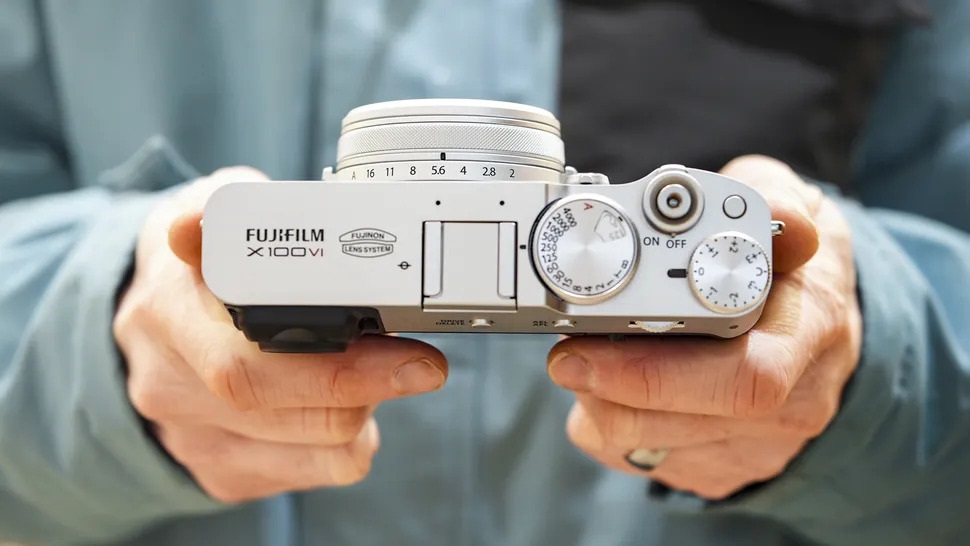
If you are fan of the X100V you will find even greater satisfaction in the Fujifilm X100VI Camera. And for those who haven’t experienced shooting with an X100 series camera before the X100VI encapsulates all the qualities that have made Fujifilm a renowned and beloved brand.
The X100VI looks old-fashioned with its metal plates, old style details for adjusting exposure (the dial for both shutter speed and ISO is especially), fake leather covering and a viewfinder that can switch between showing a digital or traditional image with just a button press. It’s like it belongs in both the past and the present.
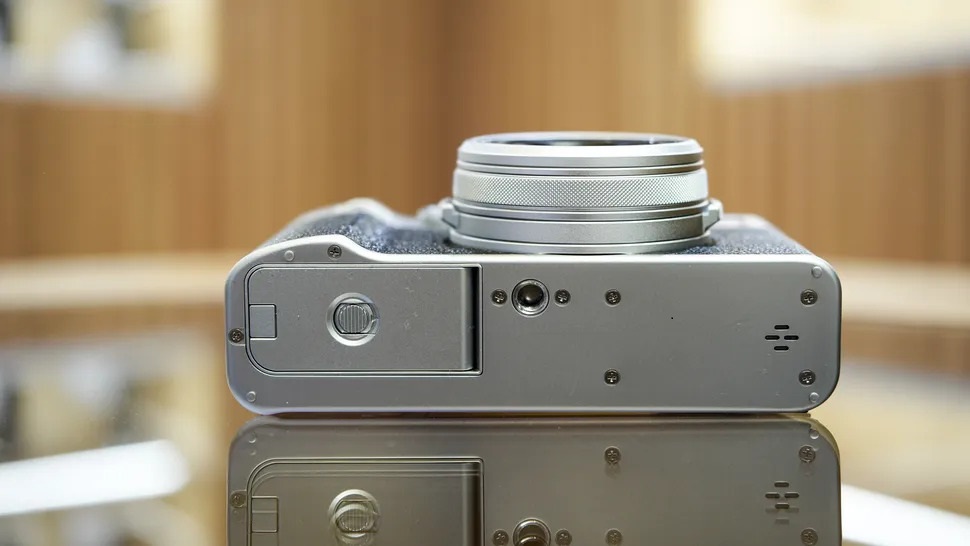
The controls are well positioned and easy to reach. Once you have spent some time navigating through the menus and setting up the camera to your liking, you can keep the viewfinder to your eye and make changes without having to search for the right button or dial.
The lens is identical to the fixed 23mm f/2 lens found on the Fujifilm X100V. It comes with an aperture control dial and a control ring that lets you adjust various settings, including the digital teleconverter with options for 50mm and 70mm lens effects. It’s great camera for street photography.
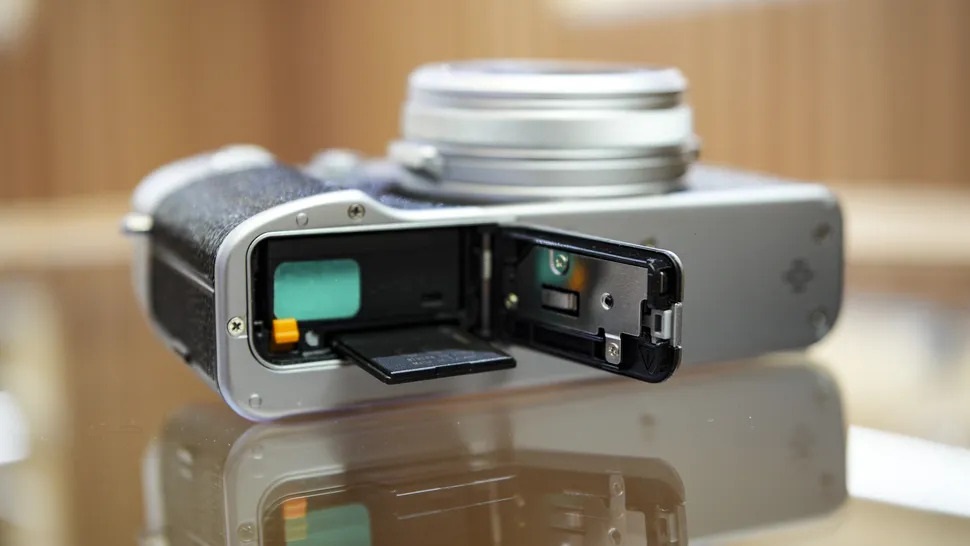
The battery in the new camera lasts longer than the X100V, even it’s the same one. Camera makers are figuring out ways to save power better. But using in-body image stabilization uses up a lot of power, so it pretty much cancels out the longer battery life you will get about 450 shots from a full charge.
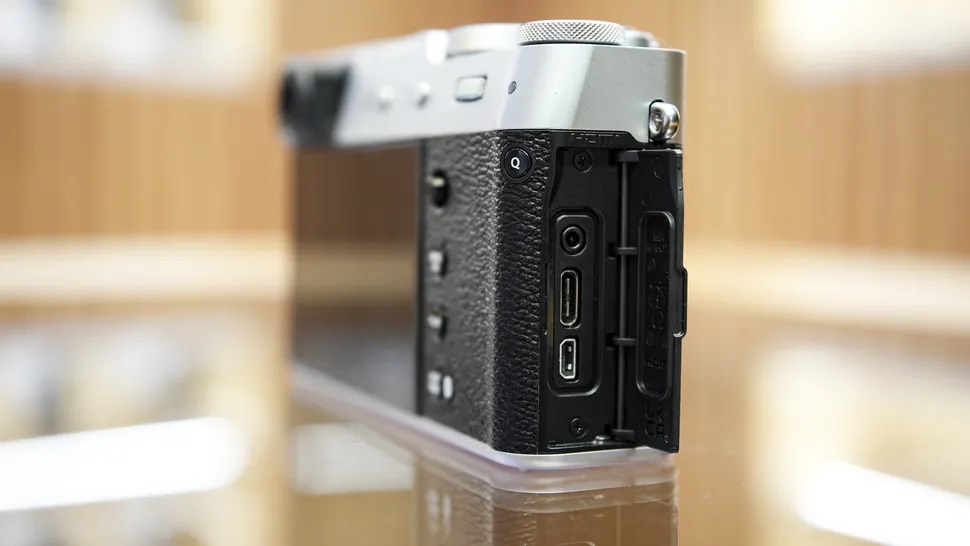
The new image stabilization in the X100VI is made just for the camera. These cameras are made for holding in your hands, and the stabilization helps you take clearer pictures when using slower shutter speeds. Fujifilm says it words well up to 6 stops, better is up to 3 stops that’s a shutter speed of ¼ second and fewer got sharp shorts when using slower speeds.
You can use the new stabilization inside the camera and the existing built in ND filter to create cool slow-motion effects that you couldn’t do before. Having ND filter already in the camera is helpful for making videos. You can shoot X100VI’s f/2 aperture even in fairly bright light and still get the right shutter speeds for the video, usually around 1/60 sec.
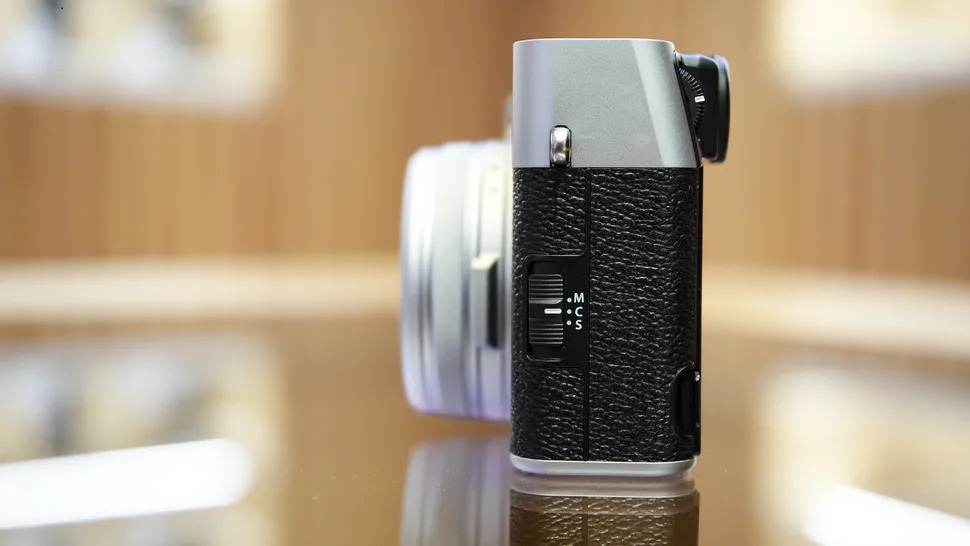
The new image stabilization makes the X100VI a bit bigger and heavier than the X100V. It’s about 10% heavier at 521g (including battery and card) but it’s still a compact camera, and the extra weight is worth it for the benefits it brings.
Since the lens is the same as in previous models, accessories like the lens hood and wide and tele conversion lenses will still be compatible with the X100VI.
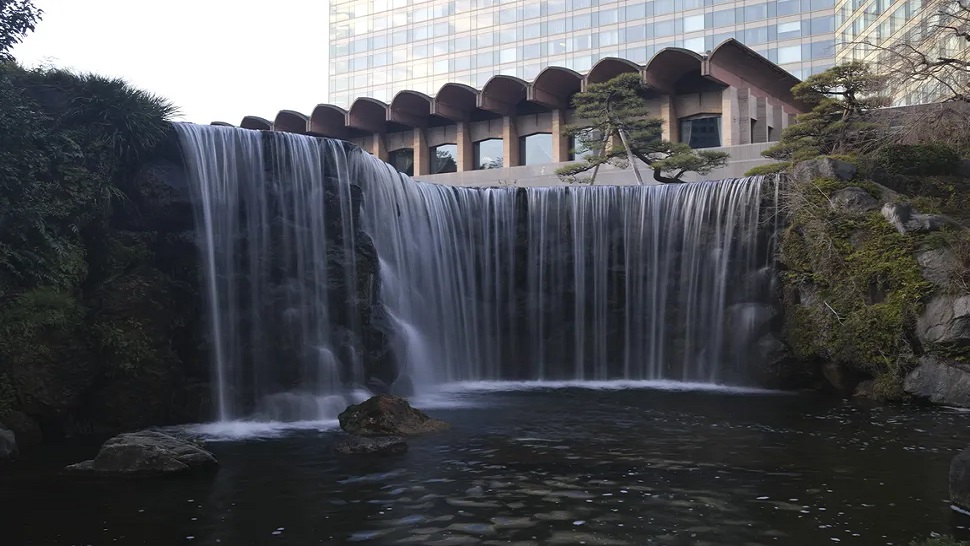
Image and Videos Quality
- 20 film simulations including the newest Reala Ace
- 2K video capability is available
- 40MP APS-C sensor with practical crop modes is included
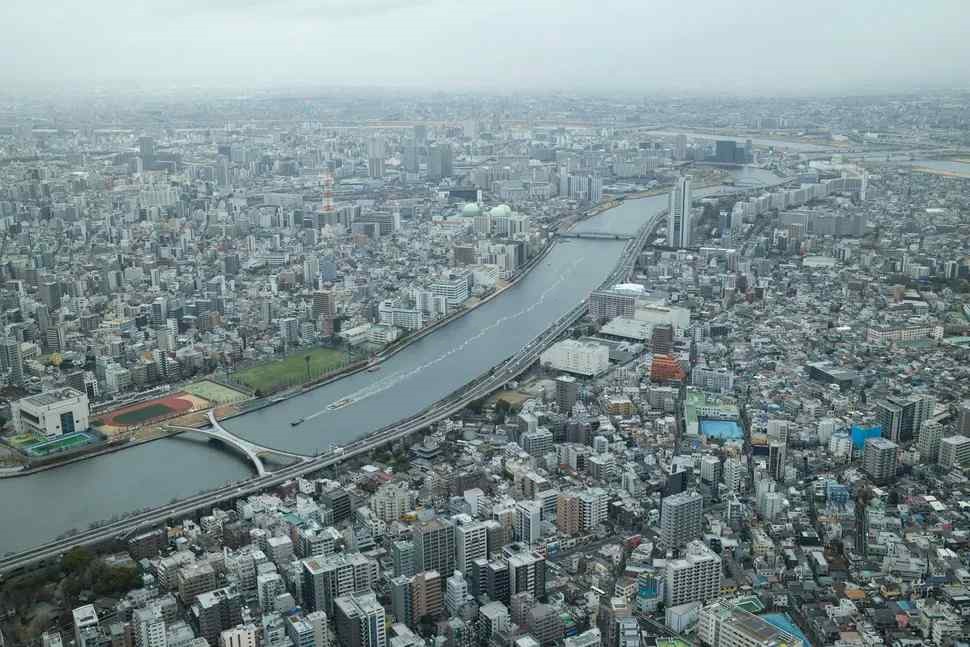
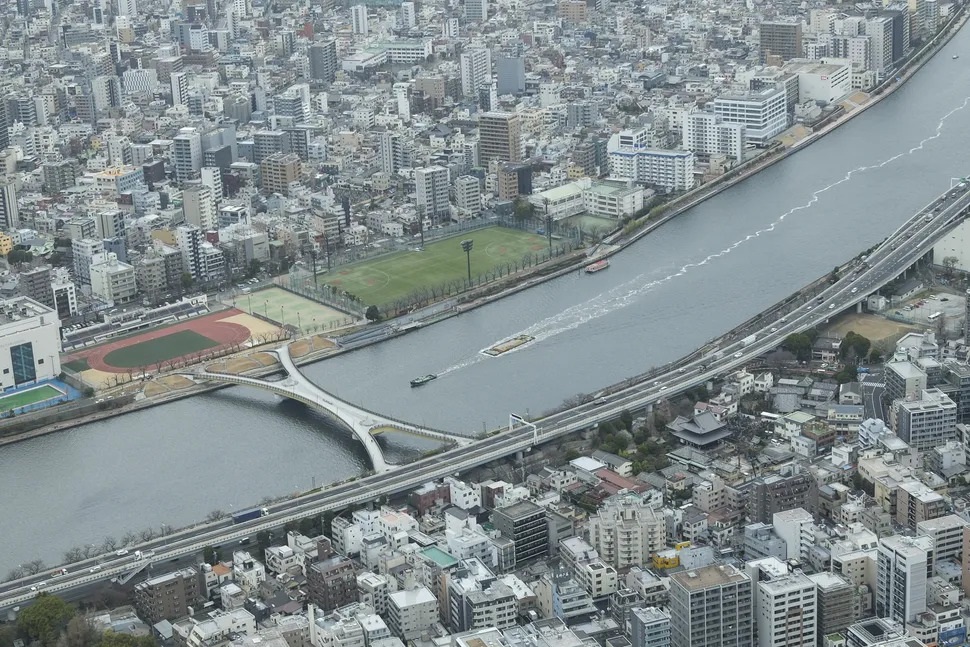
The Fujifilm X100VI Camera is brand new, you can’t edit its raw files yet. But we know its imager quality is good because it has the same 40MP APS-C sensor as the X-T5 and the same sharp lens as the X100V. In short, the picture the picture are bigger and very sharp across the whole image.
There is also a digital zoom that acts like a 50mm lens (a medium image size of 20MP) and a 70mm lens (a small image size of 10MP). With the bigger 40MP original imager, you can use these tow digital zooms completely.
In terms of design, this camera is mostly for photographers who take still photos. But when it comes to features and picture quality the X100VI is also pretty good for shooting videos. It has 6.2K resolution up to 10-bit depth and a 200Mbps bit rate. Plus, it has in-body image stabilization with extra digital stabilization and Fujifilm’s reliable autofocus system with active subject tracking.
You also get special color settings for video to make the most of the camera’s dynamic range. And there are lots of different Fujifilm looks you can use, with 20 in total now. Six of these are black-and -white styles with different effects to make certain colors stand out like red and orange for bold skies, or green for more detail portraits.
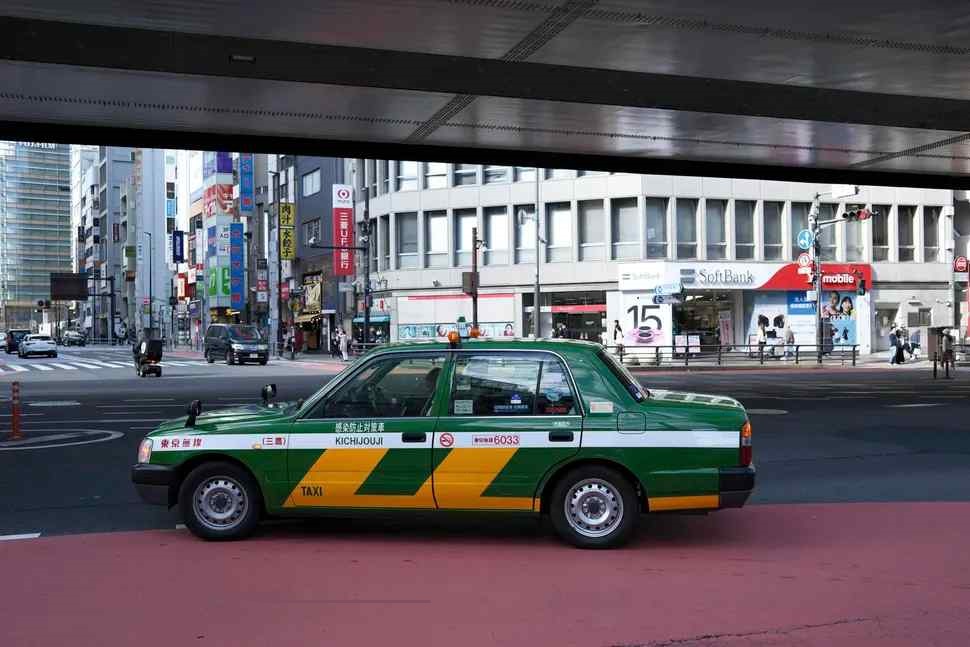
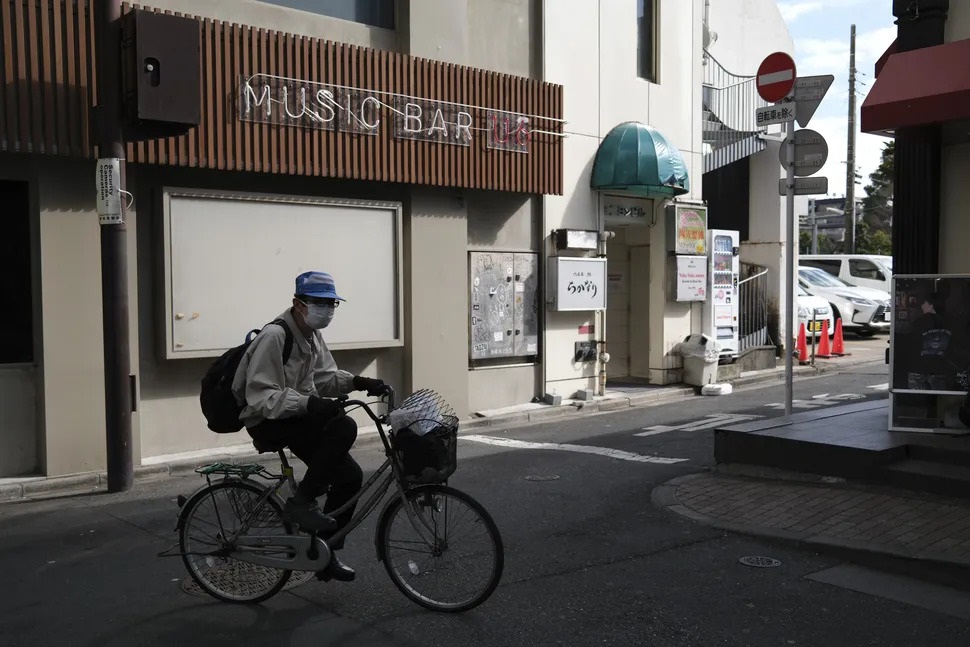
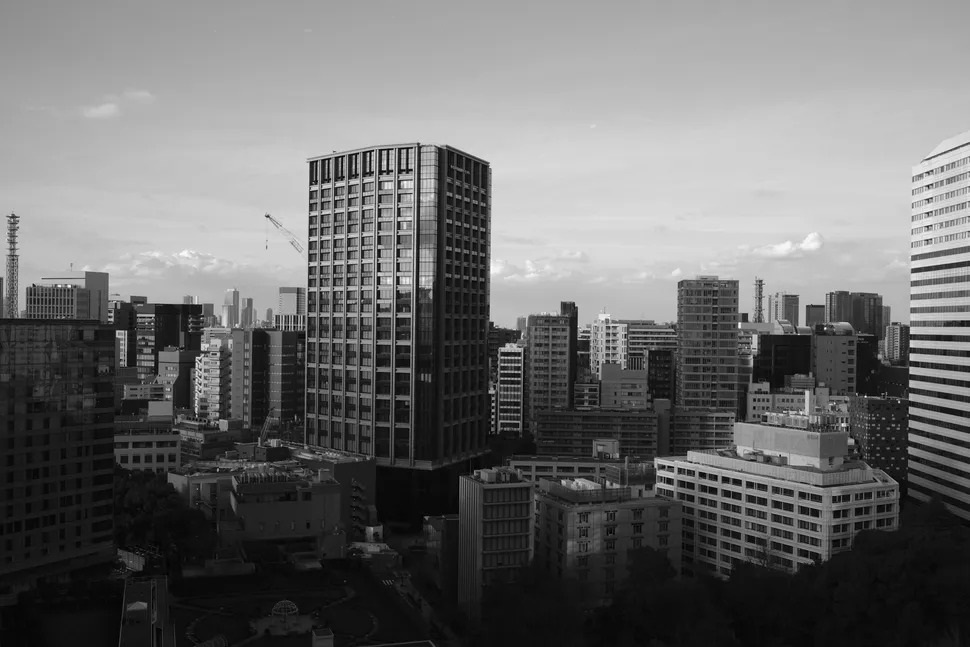
If you take pictures in raw format, you can choose a different Fujifilm look later using the camera’s editing feature.
If you prefer to choose the aperture but still want some say in how fast the shutter is you can set the minimum shutter speed in the auto ISO menu.
Also, don’t forget how the in-body image stabilization and better autofocus help make the picture clearer. They stop the picture from blurring when the shutter is slow and make sure the focus is sharp.
I discovered that the in-body image stabilization works well even when the shutter speed is slow, down to 1/4 of a second. But when I tried it at 1/2 of a second, most of my photos turned out blurry.
An Upgraded Sensor and IBIS
The X100VI got some important upgrades. Fujifilm put their X-Trans CMO 5 HR sensor in it, which has about 40.2 megapixels. This new camera has 20 different film looks like Reala Ace. It can also save pictures in 10-bit HEIF files. Plus, it can take pictures super-fast—up to 20 frames per second with the electronic shutter and up to 11 frames per second with the regular shutter. It can even shoot really quickly at 1/180,000 seconds with the electrons shutter.
The sensor now starts at an ISO of 125, which is better than the previous model that could only get to that level through an extra sensitivity setting. This sensor also has tracking autofocus and uses advanced AI to detect different subjects like animals, birds, cars, motorcycles, bicycles, airplanes, trains, insects, denes, and of course people
If you need more than the 35mm focal length, Fujifilm added 1.4x and 2.0x digital teleconverters, which change it to 50mm and 70mm equivalents, respectively.
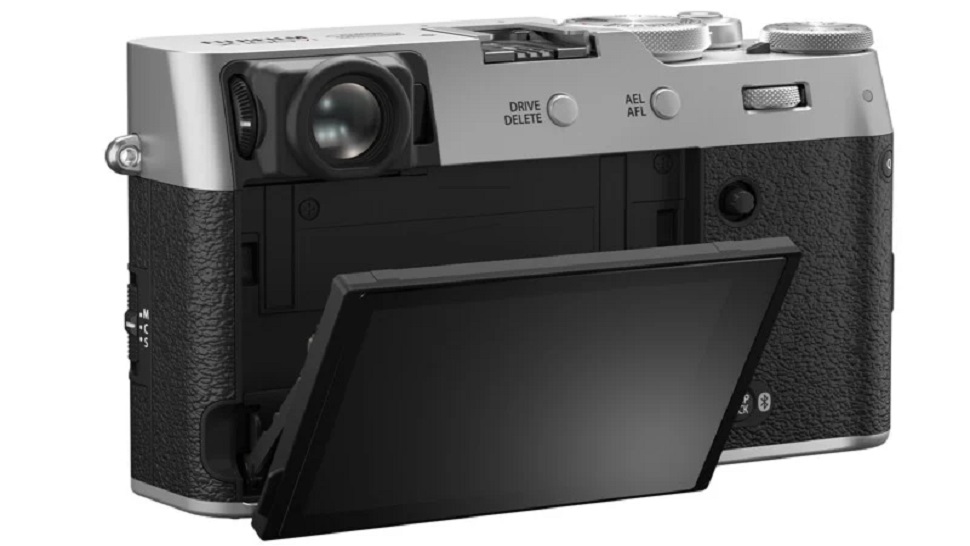
The X100VI can take videos in 6.2K quality at up to 30 frames per second, 4K at up to 60 frames per second, and 1080 Full HD at up to 240 frames per second. It records in 4:2:2 10-bit in both F-log and G-Log 2.m However even though it can shoot faster for both photos and videos, it still only has one slot for a UHS-1 SD memory card. This also means it can’t support internal ProRes recording.
The X100VI has in-body image stabilization (IBIS), first for the X100 series. This 5-axis system stabilizes up to six stops without the camera much bigger or heavier. It’s only 1.52 ounces (43 grams) heavier and a tiny thicker by two millimeters (1.5mm in the front and 0.5mm at the back) compared to the previous model.
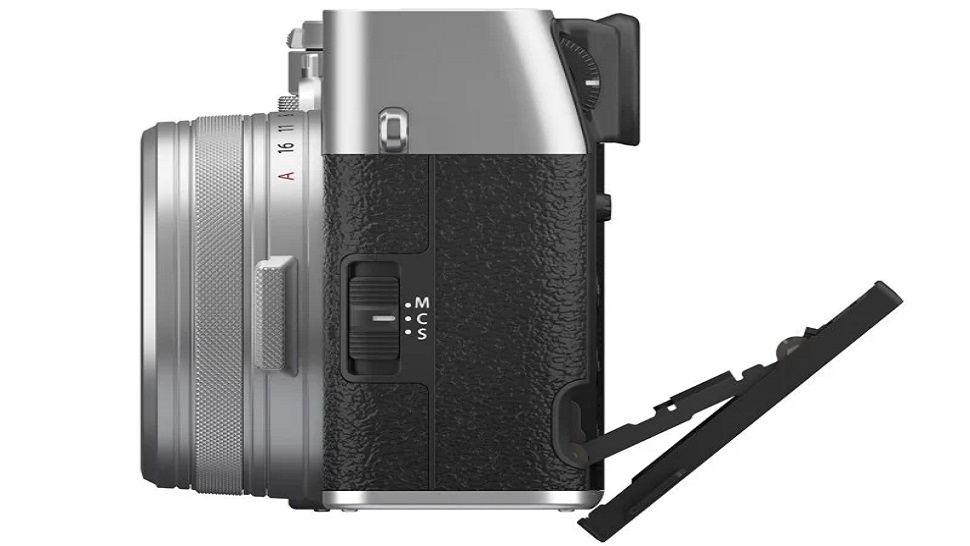
The X100VI lets you connect straight to Frame.io without needing any extra gear. Just look up to interne, log in to Frame.io, and your photos and videos upload automatically. This feature is available on the X100VI, as well as on the X-H2, X-H2S, and GFX100 II from Fujifilm. Unlike the X-H2 and X-H2S, which require an extra file transmitter grip for Frame.io the X100VI can use it without any added stuff, keeping things small and light.
The Fujifilm X100VI Camera will be offered in silver or black colors and is anticipated to be on the market in early March 2024. However, it does cost a bit more than the X100V.
A Special Edition is on the Way
To celebrate Fujifilm 90th birthday in 2024, they are making a special limited Edition X100Vi camera. Only 1,934 of these cameras will be made worldwide. They will have Fujifilm’s 1934 logo (the year Fujifilm started) engraved on them, along with a unique serial number. Each number camera will come in soft-release box with a special strap and Fujifilm history cards.
The X100VI Limited Edition will only be available directly from Fujifilm.







